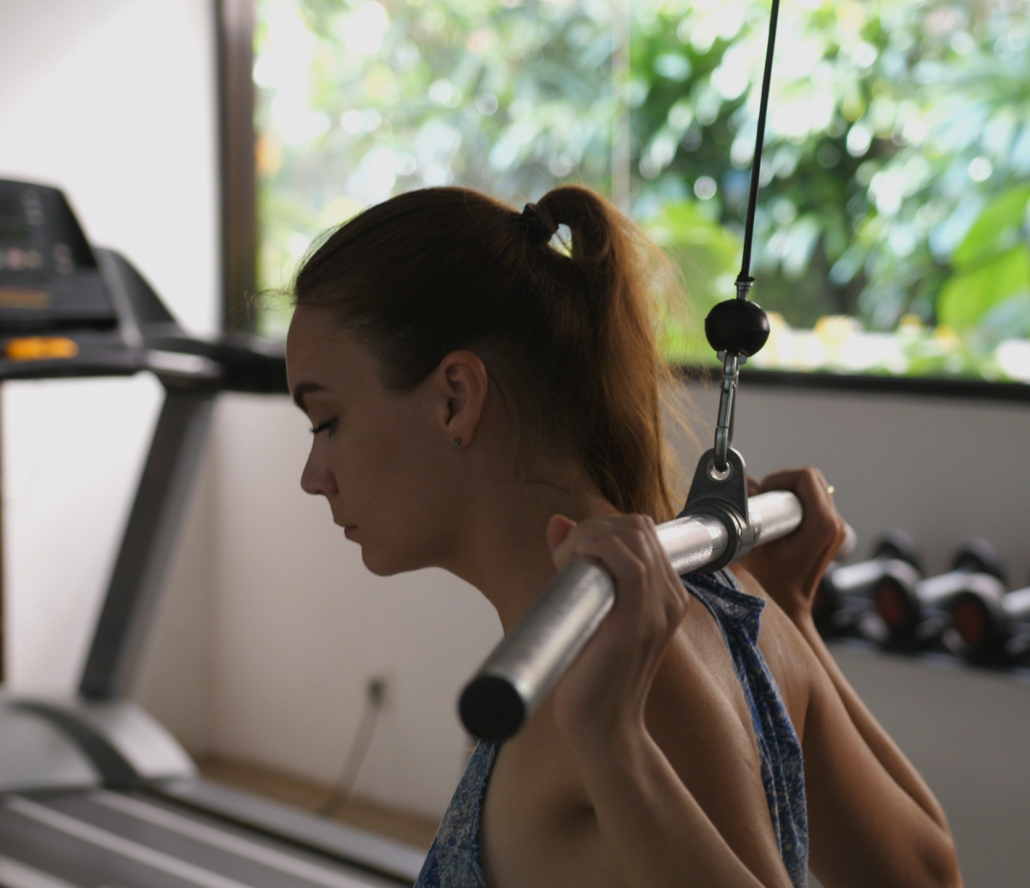How To Prevent Spinal Injuries: Essential Tips For Busy Moms
 Juggling motherhood and everyday life can be physically demanding, often placing immense strain on your back. From lifting toddlers to carrying heavy bags, constant physical exertion can lead to spinal discomfort and potential injuries.
Juggling motherhood and everyday life can be physically demanding, often placing immense strain on your back. From lifting toddlers to carrying heavy bags, constant physical exertion can lead to spinal discomfort and potential injuries.
That said, this guide is designed to empower busy moms with practical strategies to safeguard their spines. By incorporating these tips into your daily routine, you can significantly reduce your risk of back injuries while maintaining an active and fulfilling lifestyle.
1. Practice Good Posture
Maintaining good posture is vital for spinal health. When standing, keep your shoulders back and your head level, and distribute your weight evenly on both feet to avoid placing excess stress on your spine. When sitting, choose a chair that offers good lumbar support, ensuring that your feet are flat on the floor and your knees are at a right angle.
Avoid slouching or leaning forward for prolonged periods, as this can strain your back muscles and ligaments. Incorporating regular posture checks into your day can significantly reduce the risk of spinal injuries. If you experience discomfort despite these measures, you may benefit from specialized spine pain treatment Singapore to address any underlying issues.
2. Exercise Regularly
Regular exercise is essential for strengthening the muscles that support your spine. Focus on core-strengthening exercises such as planks, bridges, and abdominal crunches, which help stabilize your spine and reduce the risk of injury.
Additionally, stretching exercises that target your back, hamstrings, and hip flexors can improve your flexibility and prevent stiffness. A consistent exercise routine not only enhances your overall fitness but also fortifies your spine against everyday stresses.
3. Lift Properly
Improper lifting techniques are a common cause of spinal cord injuries. When lifting objects, bend your knees and keep the item close to your body to minimize the strain on your back. Use the strength of your legs to lift, rather than your back muscles.
Moreover, it’s also important to avoid twisting your spine while carrying heavy items; instead, turn your whole body to change direction. By adhering to these lifting principles, you can prevent many common back injuries.
4. Make Ergonomic Adjustments
Making ergonomic adjustments in your daily environment can significantly protect your spine. For example, ensure your computer screen is at eye level and your chair provides adequate lower back support.
In the kitchen or while doing household chores, use tools with long handles to avoid excessive bending or reaching. Taking frequent breaks to stretch and adjust your position can prevent the development of chronic back pain. Small changes in your workspace and home setup can have a big impact on your spinal health.
5. Stay Active
Staying active is crucial for maintaining a healthy spine. Simple activities like regular walking can promote spinal health by keeping your muscles engaged and your joints flexible. Avoid sitting for prolonged periods; if your day involves a lot of sitting, make it a habit to stand up, stretch, and move around every 30 minutes. Incorporating more physical activity into your day, even in short bursts, can significantly benefit your spinal health.
6. Maintain a Healthy Weight
Maintaining a healthy weight is important for reducing the stress on your spine. A balanced diet rich in nutrients supports overall body health and helps you manage your weight effectively. Eating a variety of fruits, vegetables, lean proteins, and whole grains can provide the nutrients needed for spinal health. Additionally, staying hydrated is crucial as it helps keep your spinal discs hydrated, enhancing their function as shock absorbers for your spine.
7. Sleep Well
Quality sleep is essential for spinal health. Choose a mattress that supports your spine’s natural curves and a pillow that keeps your head in alignment with your spine. Sleeping on your back or side is generally better for spinal health than sleeping on your stomach. When sleeping on your side, placing a pillow between your knees can reduce spinal strain. By optimizing your sleep environment and position, you can promote better spinal health and overall well-being.
8. Manage Stress
Stress can contribute to muscle tension and spinal issues. Incorporating relaxation techniques such as yoga, meditation, or deep-breathing exercises into your daily routine can help manage stress levels. These practices not only promote mental well-being but also reduce physical tension in your muscles, including those supporting your spine. Managing stress effectively can prevent the development of chronic pain and improve your overall spinal health.
9. Schedule Regular Check-Ups
Regular check-ups with healthcare professionals such as chiropractors, physical therapists, or doctors are crucial for early detection and treatment of potential spinal cord issues. These professionals can provide tailored advice and interventions to support your spinal health. Routine visits can help identify and address minor issues before they become significant problems, ensuring that your spine remains healthy and functional.
10. Avoid High Heels
Wearing high heels regularly can lead to spine misalignment and back pain. Opt for comfortable shoes that provide good arch support and cushioning. This type of footwear helps maintain the natural alignment of your spine and reduces the risk of injury. By choosing supportive footwear, you can prevent unnecessary strain on your spine and promote better overall posture and spinal health.
Conclusion
Being a mom is undoubtedly a rewarding but physically demanding role. By understanding the importance of spinal health and implementing the tips outlined in this guide, you can significantly reduce your risk of injuries while continuing to care for your family. Remember, a healthy back is essential for enjoying a fulfilling and active life.


Leave a Reply
Want to join the discussion?Feel free to contribute!